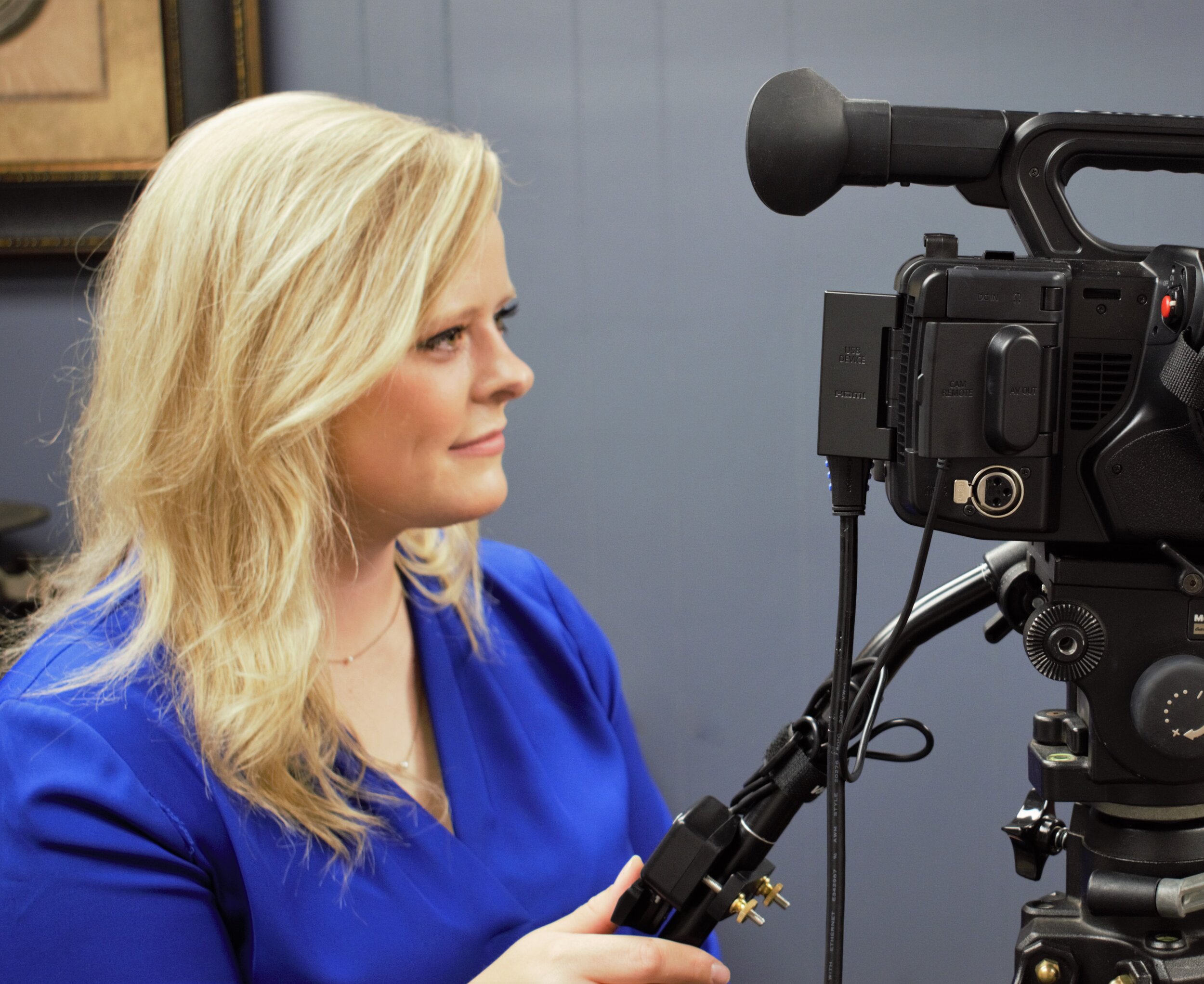Checking Out the Vitality of Legal Videography: a Comprehensive Understanding Into Its Capability in Preserving Accurate Visual Records for Legal Instances
Lawful videography stands as a critical component in the realm of lawful process, working as a quiet yet effective viewer in the pursuit of justice. The use of video innovation in recording lawful situations surpasses plain record-keeping; it envelops the extremely significance of events, feelings, and testaments that unravel within court rooms. By thoroughly catching aesthetic proof, lawful videography not only protects the accuracy of these minutes but additionally provides a deeper understanding of the details involved. As we look into the capability and significance of lawful videography in the context of lawful instances, a profound realization dawns upon the crucial role it plays in shaping the program of justice.
Significance of Legal Videography
Highlighting the critical duty of legal videography in modern lawful proceedings, its value exists in its capacity to supply undeniable aesthetic evidence that enhances the discussion of realities and testaments. By recording live occasions, depositions, and witness testimonies in a video clip layout, legal videography ensures that every expression, subtlety, and detail is precisely preserved for later evaluation. This aesthetic documentation works as an effective device in court rooms, enabling judges and jurors to much better comprehend the context of an instance and make notified decisions based upon today evidence.
In addition, lawful videography contributes to increased openness and responsibility in the legal system. In significance, the value of lawful videography lies in its ability to promote the stability of the legal procedure by catching and preserving accurate aesthetic records that sustain the quest of justice.
Functionality in Lawful Paperwork
Lawful videography's function in modern lawful proceedings expands beyond providing aesthetic evidence; its performance in legal paperwork is important for properly protecting the information of statements and occasions. Via the precise recording of depositions, courtroom procedures, witness testaments, and criminal offense scene examinations, legal videography makes certain an unfiltered account of events that can be taken another look at and analyzed throughout the lawful process. This precise documents works as a crucial source for courts, courts, and legal representatives to reference certain moments, body movement, faces, and subtleties that may not be completely caught in created transcripts alone.
Additionally, lawful videography plays a pivotal role in preserving the honesty of lawful proceedings by decreasing the danger of false impression or adjustment of information. The visual records caught with lawful videography give an unbiased representation of the facts provided during a situation, using a thorough and dependable resource of proof that can dramatically influence the end result of lawful disagreements (Legal Videography). Essentially, the capability of lawful videography in lawful documents offers as a keystone in promoting openness, precision, and fairness within the lawful system
Relevance in Visual Proof Conservation
Protecting visual evidence through meticulous recording methods is an essential facet of lawful videography. The significance of visual evidence conservation can not be overemphasized in legal proceedings. Aesthetic proof, such as videos of crime statements, scenes, or crashes, can provide invaluable understanding right into events that words alone might not totally capture. By properly recording these visuals, lawful videographers play a critical duty in guaranteeing the integrity and credibility of evidence offered in court.
Visual proof preservation additionally helps in protecting against misunderstandings or false impressions that can develop from created or verbal testaments. The ability to see and listen to events as they took place can considerably influence browse around here the outcome of a situation. Moreover, aesthetic proof can work as a powerful device for both the prosecution and protection in presenting their debates persuasively.
Duty in Ensuring Justice
In the pursuit of reasonable and simply lawful results, the duty of legal videography is vital. Legal videography plays a vital duty in ensuring justice by supplying exact and impartial visual evidence that can substantially influence the outcome of lawful situations. Unlike written testimonies or papers, video clip recordings record the subtleties of body movement, face expressions, and tone of voice, supplying a comprehensive representation of events as they unfold. This visual evidence is especially valuable in courtrooms, where it can help challenge or support witness testaments, reinforce debates, and eventually add to the establishment of truth and fairness.
In addition, lawful videography functions as a means of maintaining turning points and information that may be missed out on or misunderstood in written records (Legal Videography). By recording scenes, actions, and communications in real-time, lawful videography helps protect against misstatements and guarantees that all parties included have access to the very same info, promoting openness and accountability in the lawful process. Inevitably, using legal videography not just enhances the effectiveness of legal procedures but additionally supports the concepts of justice and equity in the legal system
Essential Tool for Legal Cases

Conclusion
Finally, legal videography plays an essential role in preserving exact aesthetic records for lawful instances. Its relevance hinges on its functionality in legal documents, relevance in visual evidence conservation, and function in guaranteeing justice. As a vital device for legal cases, lawful videography serves as a beneficial source for presenting aesthetic evidence and adding to the general integrity of the lawful process.
Lawful videography's function in modern-day legal proceedings prolongs beyond supplying aesthetic evidence; its capability in legal documents is vital for accurately maintaining the details of occasions and testimonies. In significance, the functionality of legal videography in lawful paperwork offers as a cornerstone in promoting transparency, precision, and justness within the legal system.
Inevitably, the use of legal videography not just enhances the effectiveness of lawful procedures yet also maintains the concepts of justice and equity in the legal system.

As a crucial tool for lawful situations, lawful videography serves as a valuable source for presenting aesthetic evidence and adding to the overall honesty of the legal process.